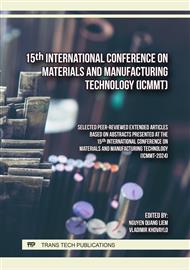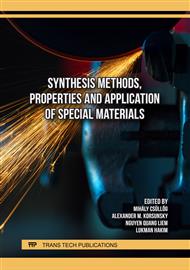p.71
p.81
p.87
p.97
p.109
p.119
p.131
p.137
p.143
Evaluating Filter Efficiency for TiO2 Nanoparticle Deposition under Various Water Chemistry and Simulated Conditions
Abstract:
This study aimed to evaluate filter efficiency for TiO2 nanoparticle deposition across varied water chemistry and simulated conditions. The experimental results provided collision attachment efficiencies (α) of 0.001, 0.002, and 0.01 and filter coefficients (λ) of -0.003, -0.01, and -0.02. The authors used these collision attachment efficiencies to assess filter efficacy under simulated conditions, mainly removing naturally occurring nanoparticles spanning sizes from 1 to 100 nm. This experiment uncovered a strong correlation between TiO2 nanoparticle deposition and water ionic strength, with aggregation becoming more pronounced as ionic strength increased. This phenomenon was especially prominent in instances lacking alum addition. Notably, the presence of alum resulted in the nanoparticles maintaining a dispersed state in the water, attaining enhanced stability by introducing excessive positive charges. Consequently, this study underscores how manipulating water's ionic strength can effectively induce nanoparticle destabilization during filtration. The implications of these findings are significant, as practical data about the behavior of diminutive like TiO2 nanoparticles has been notably lacking.
Info:
Periodical:
Pages:
143-148
Citation:
Online since:
September 2024
Authors:
Keywords:
Price:
Сopyright:
© 2024 Trans Tech Publications Ltd. All Rights Reserved
Share:
Citation:



